In Brazil for the Sao Paulo Grand Prix, Christian Horner raised the issue regarding an alleged tyre cooling system of some teams.
The Red Bull team principal believed that the FIA should have investigated the possible existence and use of a system which, through the use of water forced through the wheel rims would allow internal pressures to be kept under control, thus reducing degradation caused by the overheating of the running belt of the tyre.
The theoretical advantage of this is to not increase the tread temperatures due to the reduction of the contact patch, but at the same time, it is correct to discuss the problems such a system would cause.
First of all, there is the weight concern of carrying a potential reservoir of two or three litres of water at the start of the race, and the equipment needed to filter the water through, such as valves and pipes.
That said, the frequency of the usage of the system in race is also up for debate, with the main focus being towards the end of a stint, when the tyres begin to drop off in performance more quickly. This makes it harder to determine exactly how much water would be required.
However, having said this, the system would imply the precise adoption of rims and hubs modified specifically to accommodate water spray nozzles inside the tyres, and it must be considered that the possible existence of such a system would have been noticed by the FIA.
It wouldn't be so much during the technical checks of parc ferme, but rather during the races, as since 2023, all wheels are equipped with pressure sensors which provide real-time tyre inflation values to race control.
A sudden decrease in pressure, not justified by a clear problem with a car would constitute a clear signal to the stewards of an anomaly to be investigated further during the post-race checks.
In short, it seems that Horner's claims of teams using water-cooled tyres could be an allegation without valid foundations.
Also interesting:
Join RacingNews365's Ian Parkes, Sam Coop and Nick Golding, as they look back on last weekend's spectacular São Paulo Grand Prix. Max Verstappen's incredible victory from 17th is a leading talking point, and how the Dutchman is within touching distance of a fourth F1 drivers' title.
Rather watch the podcast? Then click here!
Don't miss out on any of the Formula 1 action thanks to this handy 2026 F1 calendar that can be easily loaded into your smartphone or PC.
Download the calenderMost read
In this article
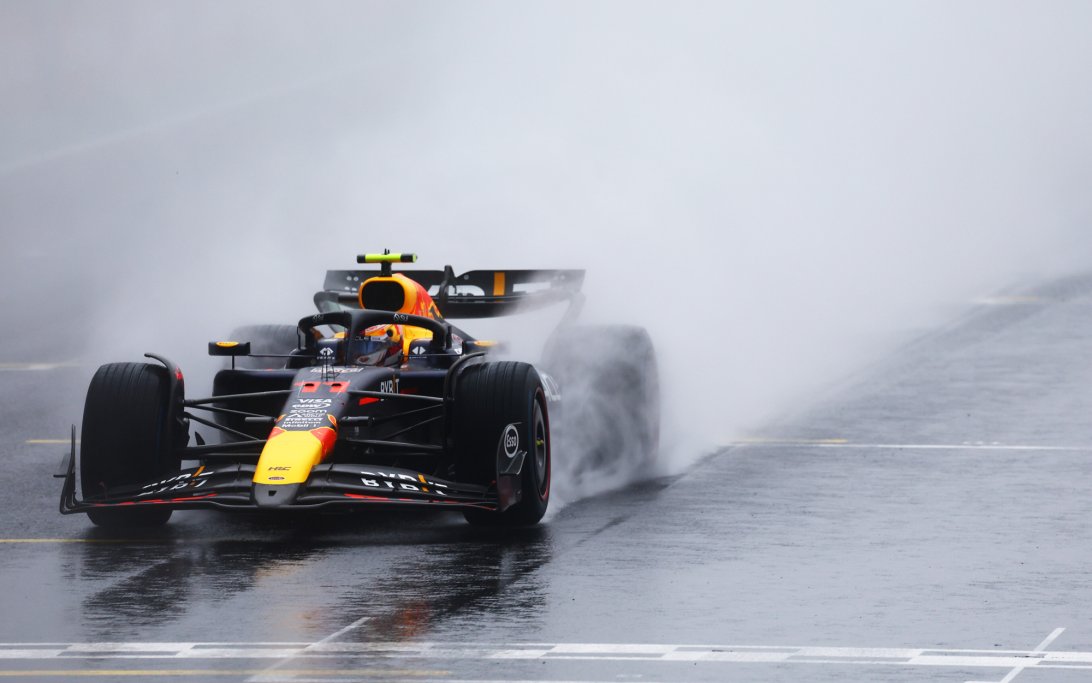

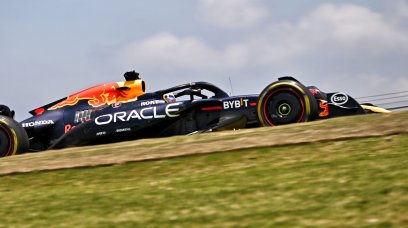




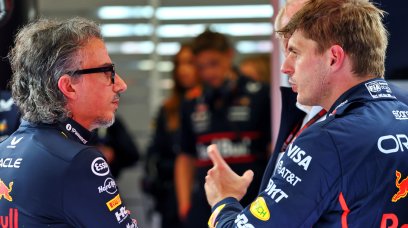
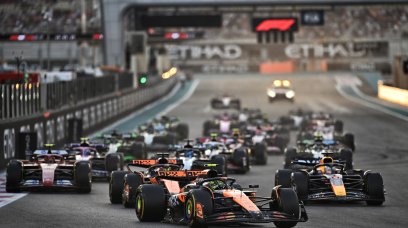



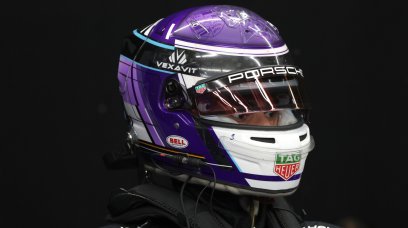













Join the conversation!